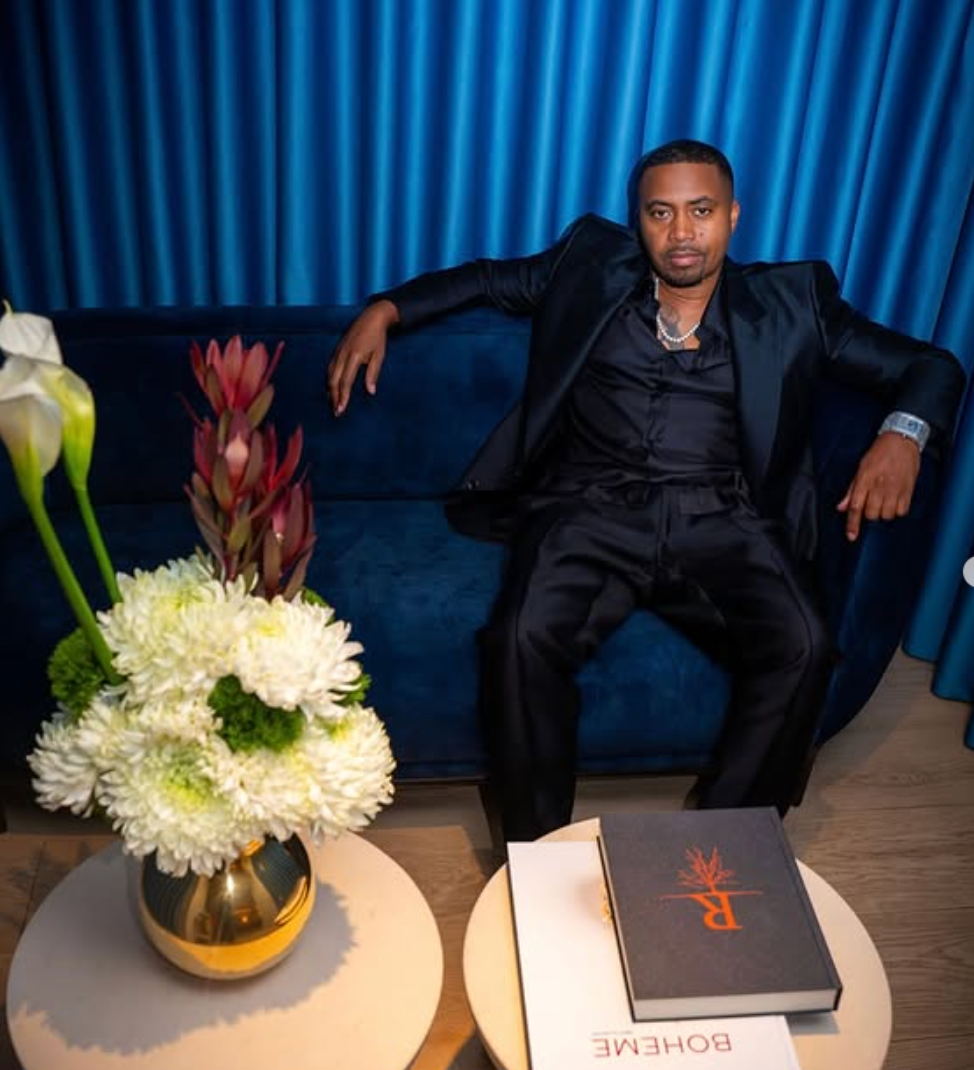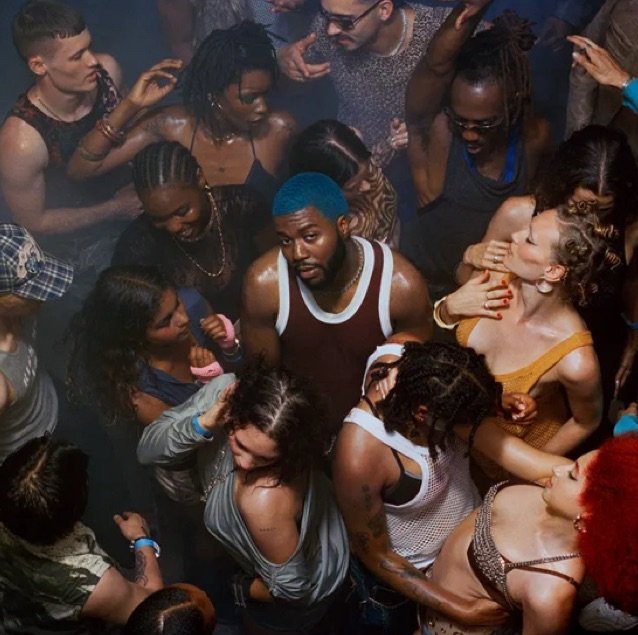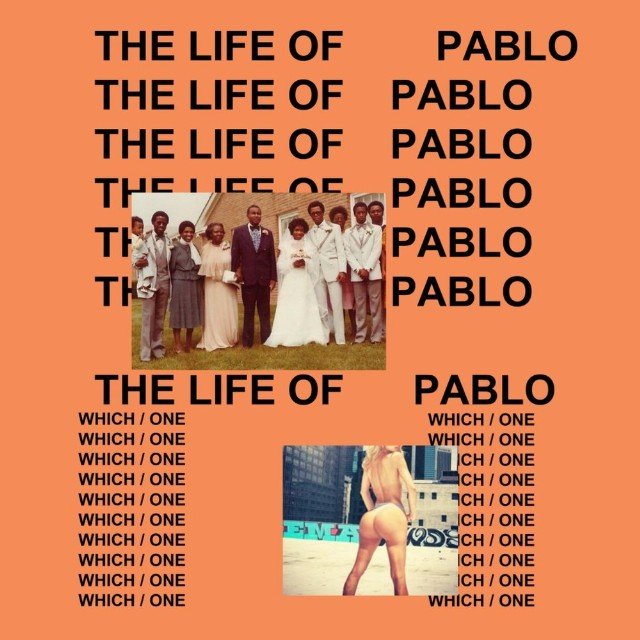
There has perhaps never been a more palpable distillation of cinematic suspense than Alfred Hitchcock’s Rear Window.
Hitchcock is often referred to as “the master of suspense,” and it’s easy to see why. One only needs to take the most cursory glance at Hitchcock’s filmography to see just how monumental of an impact he had on the horror and thriller genres. From The Lodger to The 39 Steps to Shadow of a Doubt to Notorious to Vertigo to North by Northwest to Psycho to The Birds, Hitchcock’s filmography is bursting at the seams with the kinds of enduring and genre-defining masterworks that other filmmakers would kill to have just one of.
In many ways, Rear Window is a potent encapsulation of what Hitchcock does best. Coming right in the middle of what could be referred to as his imperial phase, in which he was making films that were both some of the biggest hits of his career and some of the best work of his career, Rear Window builds beautifully upon everything that has come before it, enabling Hitchcock to scale new heights.
If there’s any true precursor to Rear Window in Hitchcock’s body of work, I would argue that it is Rope, his 1948 thriller also starring Jimmy Stewart, based on the 1929 play. Rope is also notable in that it was among the first films to ever be staged, filmed, and edited so as to appear as if the entire film was unfolding within a single shot. This saw Hitchcock ambitiously swinging for the fences with his form, innovating through cinematic language and attempting to take the in-the-room, oppressive suspense Rope’s source material was able to generate on stage and translate it directly to the screen. While it can be debated to what degree Rope’s experiment was successful (Hitch would go on to dismiss the long-take technique as a “stunt”; I would argue it is immensely successful and served as inspiration for later influential long takes, such as Orson Welles’ opening shot of Touch of Evil—but to each their own), it feels as if Rear Window takes the formal ideas being grappled with in Rope and finds an entirely different solution to them.
Through Hitchcock’s miraculous staging of the actors and camera, Hal Pereira’s unbelievable production design, Robert Burks’ cinematography, the immaculate performances of the entire cast, and George Tomasini’s sculpted and articulate editing, Rear Window captures the exact kind of oppressive suspense Hitch was looking to bring to the movie theater, and does it through indelibly cinematic means.
TOP FIVE OF “REAR WINDOW”
5. The Performances
Rear Window features an all-star cast delivering some of their finest performances. Chief among them is Jimmy Stewart, whose portrayal is the cornerstone of the entire film. Much of the movie’s runtime consists of Hitchcock and editor George Tomasini cutting back to Stewart’s face as he processes new information. Simply put, without an actor of Stewart’s caliber, all of Hitchcock’s meticulous staging would fall flat. The film’s visual style often keeps the audience at a distance from the other characters, with Stewart’s neighbors only being seen through their open windows, the camera consistently anchored within the confines of Stewart’s apartment, peering out at them.
However, Hitchcock alleviates that inherent tension when the focus shifts to the main apartment. The shots of Stewart and his lover, played with incredible nuance and vitality by the incomparable Grace Kelly, are intimate and up-close. Their faces dominate the screen, and the smallest reactions take on monumental significance, thanks to Hitchcock’s direction and Tomasini’s sharp editing. In addition to Stewart and Kelly, Thelma Ritter delivers a wonderfully subversive performance, providing comic relief in classic Hitchcock fashion. Raymond Burr’s portrayal of the antagonist is chilling in its restraint, his stoic, unsettling physicality making him one of the most terrifying cinematic villains of the last century.
4. The Sounds Just Outside Your Window
The sound design in Rear Window is an extraordinary technical feat, an audio masterpiece that feels decades ahead of its time, enveloping the audience in the film’s diegetic world. Hitchcock immediately sets the stage for this innovative use of sound in the opening sequence. The film begins with Stewart’s window blinds rising, revealing the world outside with a meditative grace, accompanied by Franz Waxman’s lush, symphonic suite composed specifically for the film.
Waxman, known for composing some of cinema’s earliest and most iconic scores—such as The Bride of Frankenstein—delivers a breathtaking, tone-setting opener during the credits. However, after this grand musical introduction, Waxman’s score largely disappears from the film. Instead, Rear Window is almost entirely soundtracked by natural, diegetic audio. The honking of car horns, the chatter of neighbors, and the musician composing his next piano-driven piece all contribute to a rich, in-world soundscape that enhances the film’s atmosphere. Hitchcock and his team create a symphony of authentic noise that not only feels revolutionary but also serves to amplify the film’s most suspenseful moments.
Typically, horror and thriller films use musical stingers to accompany jump scares—a technique that, even by 1954, audiences had grown accustomed to. Today, these cues are so predictable they almost lessen the fear, providing a sense of control and familiarity. However, Hitchcock strips away this safety net in Rear Window. He often lets the scares unfold in unsettling silence, which only heightens the tension and draws the viewer deeper into the film’s invasive, voyeuristic atmosphere. This deliberate choice creates a suffocating sense of intimacy and dread, pulling the audience directly into the shoes of Jimmy Stewart’s J.B. Jefferies, feeling every chilling moment as if it’s happening right in front of them.
3. Looking Down the Lens
This leads us to one of my all-time favorite moments in cinema. We’ll delve deeper into why it works so perfectly shortly, but the scene in which Raymond Burr’s antagonist gazes directly down the lens of Stewart’s camera—and by extension, Hitchcock’s camera—locking eyes with us as the audience is absolutely mesmerizing. It’s an electrifyingly powerful moment that strikes with such intensity because of the careful discipline and restraint that Hitchcock has maintained with his visuals throughout the film.
Up until this point, Hitchcock keeps the viewer at a certain distance, framing the characters through windows or across the courtyard, positioning the camera as a voyeur. But when Burr breaks the visual barrier, it shatters that carefully constructed distance, making the moment feel like a startling breach of safety. Hitchcock has kept his cards close to his chest until this very moment, so when Burr makes direct eye contact with Stewart—and by extension, us—it’s almost as if the film itself is staring back at us. This sudden reversal in perspective is arresting and insatiably suspenseful, a cinematic moment brimming with immense visual power precisely because it punctuates the restraint that Hitchcock has wielded with such masterful precision.
2. Alfred Motherfucking Hitchcock
Speaking of which, a gargantuan part of why Rear Window has endured and feels just as prescient and affecting today as it did in 1954 is because of the absolutely insane discipline with which Hitchcock visually constructs the film.
One of the most vital tools in any filmmaker’s toolbox is suspense: the act of giving the audience a piece of information that a character onscreen doesn’t have and then milking that dichotomy for everything it is worth. Hitchcock has entire masterclass-level dissertations on his view of the construction of suspense, and to be frank, the man was able to hone in on his craft to such an extent that he’s just operating on an entirely different level than most other filmmakers in this department. Rear Window is among my favorite examples of what I’ve come to call Hitchcock’s foregrounded suspense technique, wherein Hitchcock positions a character within the film to be exactly aligned with the audience. Here, that character is Jimmy Stewart’s J.B. Jefferies, through whose eyes we see the entirety of the film, narratively and visually. By doing this, we squirm in our seats right alongside Stewart’s character as he watches Grace Kelly’s character sneak into the killer’s apartment across the way.
It’s an ingenious technique that works on multiple levels to more deeply entrench the audience in their connection to the protagonist and ultimately make the suspense that much more primally and deeply affecting. This is why the aforementioned “looking down the lens” beat feels so horrifyingly invasive; Hitchcock has spent the entire film with his camera so anchored to Stewart’s perspective and so deeply rooting us within it that Raymond Burr’s piercing gaze cuts straight through the artifice of the film and penetrates our very soul. It is a miraculous moment of cinematic ingenuity that capitalizes on an entire film’s worth of sheer directorial brilliance.
1. The Profundity of Rear Window
On top of all this, I personally find Alfred Hitchcock’s Rear Window to be a profoundly moving meditation on the ways in which our lives intersect with those around us. For the overwhelming majority of the characters in Rear Window—the neighbors of J.B. Jefferies who populate the various windows he peers through—we never even see them within twenty feet of the camera. And yet, I feel I know them. Through John Michael Hayes’ fantastically nuanced script and Hitchcock’s own unambiguous fascination with exploring the lives of these people through the images they both knowingly and unknowingly project to the world, we come to see the trials, tribulations, and triumphs of characters whose real names we never even learn.
To me, the most moving part of all this is the way Hitchcock allows their lives to bleed into one another’s. The piano melodies that the struggling musician plays throughout the film, which so powerfully affect the mood of both Grace Kelly’s character and the film itself, ultimately enrich the lives of everyone in the apartment building. This very music, which saves ‘Ms. Lonely Hearts’ from committing suicide by the film’s end, serves as a beacon of hope that the struggling musician never even knew he was providing for her.
Sometimes, the most minute interactions can have a monumental impact on us as human beings, and Rear Window is a film that turns the world outside J.B. Jefferies’ window into a mosaic of authentic, yearning, and achingly human interactions.
RGM GRADE
(A+)
Movies simply do not get better than Rear Window. It is both one of Hitchcock’s finest achievements—a potent distillation of the distinct kind of orchestrated cinematic suspense that he built a career upon—and a unique glimpse into the life of the artist himself. One does not have to look very hard to see a lot of Hitchcock in J.B. Jefferies: a man who views the world around him not as people to interact with, but as objects to look upon through lenses and discretion. He makes a voyeur out of all of us, but in turn, he also reveals a great deal about himself. As Jefferies himself says in the film, “Of course, they can do the same thing to me. Watch me like a bug under a glass if they want to.” Indeed, in Rear Window, Hitchcock himself is on full display.
Discover more from RATINGS GAME MUSIC
Subscribe to get the latest posts sent to your email.










